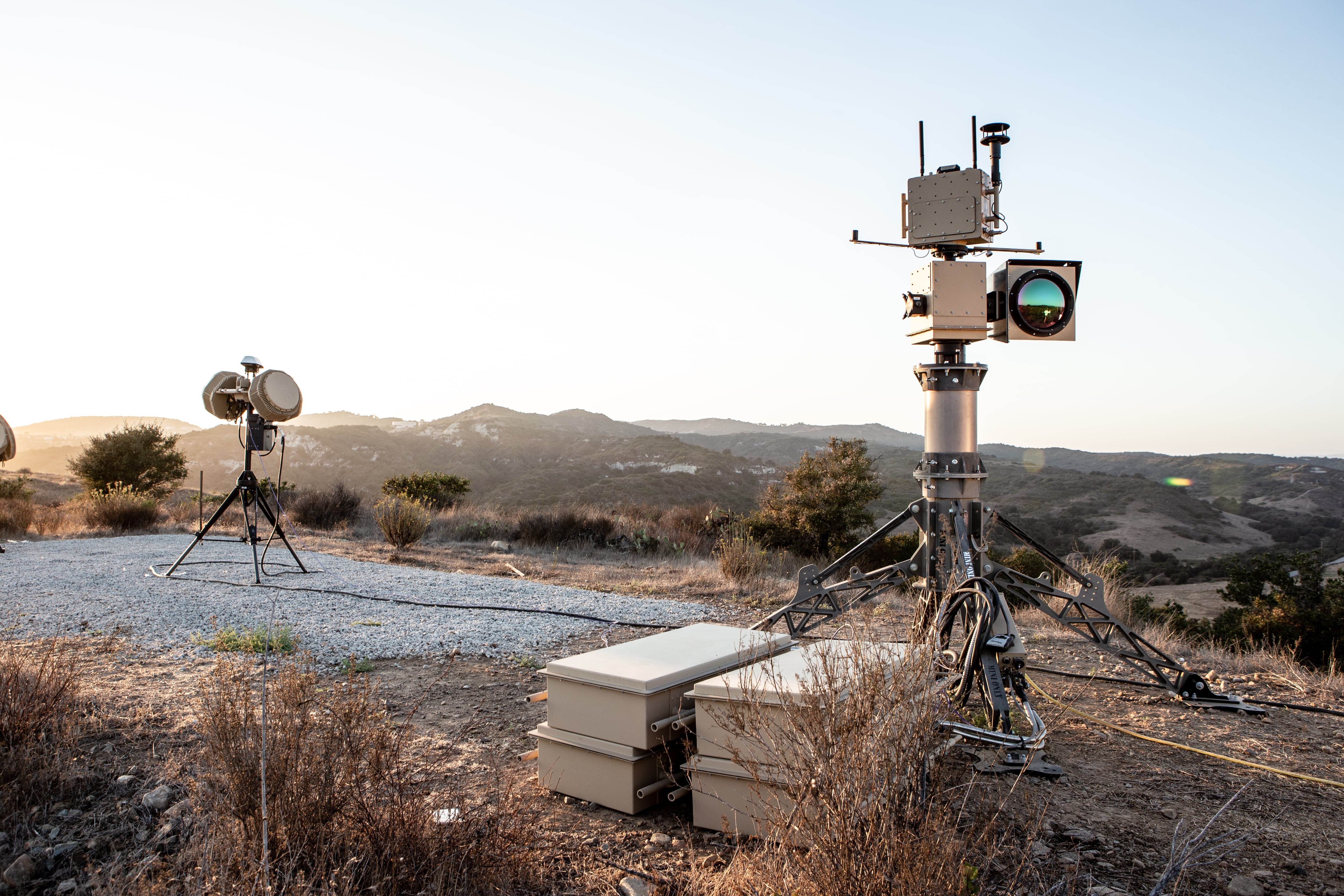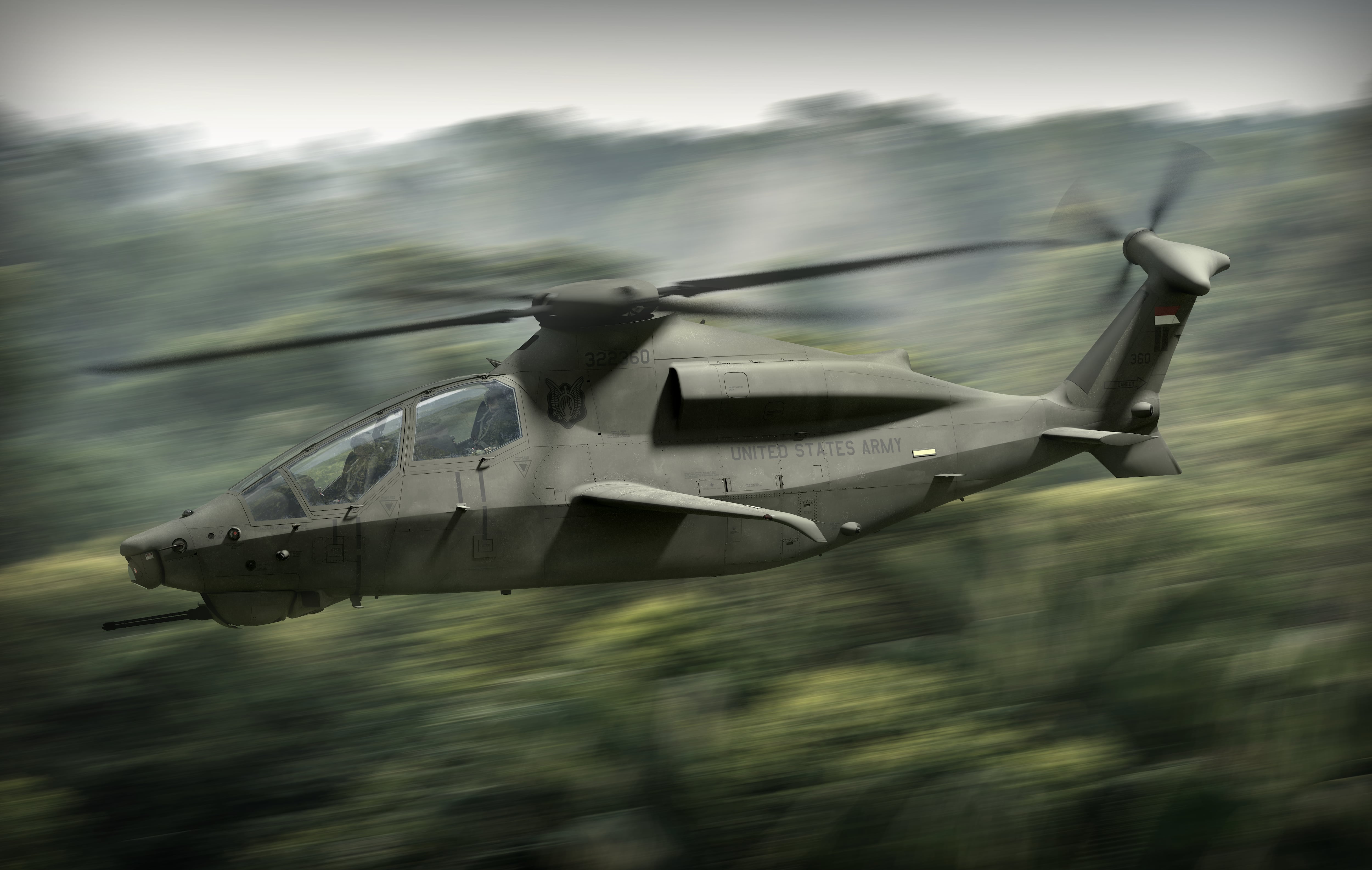WASHINGTON — Anduril Industries debuted software it said simplifies the management of potentially hundreds of drones and robots, freeing up military manpower and other resources to be applied elsewhere.
The software, known as Lattice for Mission Autonomy, is the result of at least four years of work and arrives at a time when the Department of Defense increasingly leans into the development and deployment of uncrewed systems, regardless the environment.
Anduril won a $1 billion contract from U.S. Special Operations Command last year to lead its counter-drone systems integration work. The company’s latest product serves as a central node for threat identification, electronic signature management, maneuvering and more.
Lattice for Mission Autonomy provides “the brains, the glue, to drive all these systems to be able to be effective” with fewer people dedicated to oversight, said Anduril CEO Brian Schimpf.
RELATED

“We’ve thought about it holistically,” Schimpf said at May 1 briefing, during which reporters were given a glimpse at the software in action. “When we thought about this, it’s really at the level of, like, what do pilots do today? How do we plan and execute operations today? How do you start to encode that into software, and what are all the technical pieces necessary to make that happen?”
Defense officials have embraced uncrewed technologies, seeing them as a less risky, relatively cheap and never-tiring means of exploring treacherous regions.
Air Force officials foresee a future defined by manned-unmanned teaming, and are seeking 1,000 so-called collaborative combat aircraft to augment its pilots. The Navy, likewise, envisions a fleet teeming with uncrewed vessels capable of spying, sensing, jamming and boosting communications.
The advanced machinery will need to be tracked, tasked and coordinated across vast distances and ever-changing conditions, which is where Lattice for Mission Autonomy shines, according to Chris Brose, Anduril’s chief strategy officer. Whereas today there are “too many people” involved in “too many loops,” he said, the new software streamlines the practice.
“It is the ability of this software system to control assets in place and time, to actually process mission systems, orchestrate mission systems, and then synchronize and orchestrate the delivery of effects on, sort of, the right side of that kill chain,” Brose added.
Injecting Lattice for Mission Autonomy into current and future operations should be relatively easy, according to the company, as it was fleshed out with tech from other defense industry players in mind. Neither Brose nor Schimpf would disclose who exactly in government the company is working with.
RELATED

While Anduril has its own uncrewed systems, including the Altius loitering munition and the Dive-LD autonomous underwater vehicle, there are plenty of other options already employed by militaries worldwide; Northrop Grumman makes the MQ-4C Triton, for example, and General Atomics makes the Gray Eagle.
“The government, correctly, is very concerned with having anything that’s too blackbox, too locked down and too tied to a single vendor,” Schimpf said. “I think, in practice, it’s actually very trivial to integrate this into new aircraft, new vehicles, new boats, whatever you need.”
Anduril at the end of 2022 said it secured a $1.48 billion funding boost, bumping it to nearly $8.5 billion. The increase, dubbed “Series E,” was credited with “nearly doubling the company’s previous valuation in June 2021,” Defense News reported.
Colin Demarest was a reporter at C4ISRNET, where he covered military networks, cyber and IT. Colin had previously covered the Department of Energy and its National Nuclear Security Administration — namely Cold War cleanup and nuclear weapons development — for a daily newspaper in South Carolina. Colin is also an award-winning photographer.







